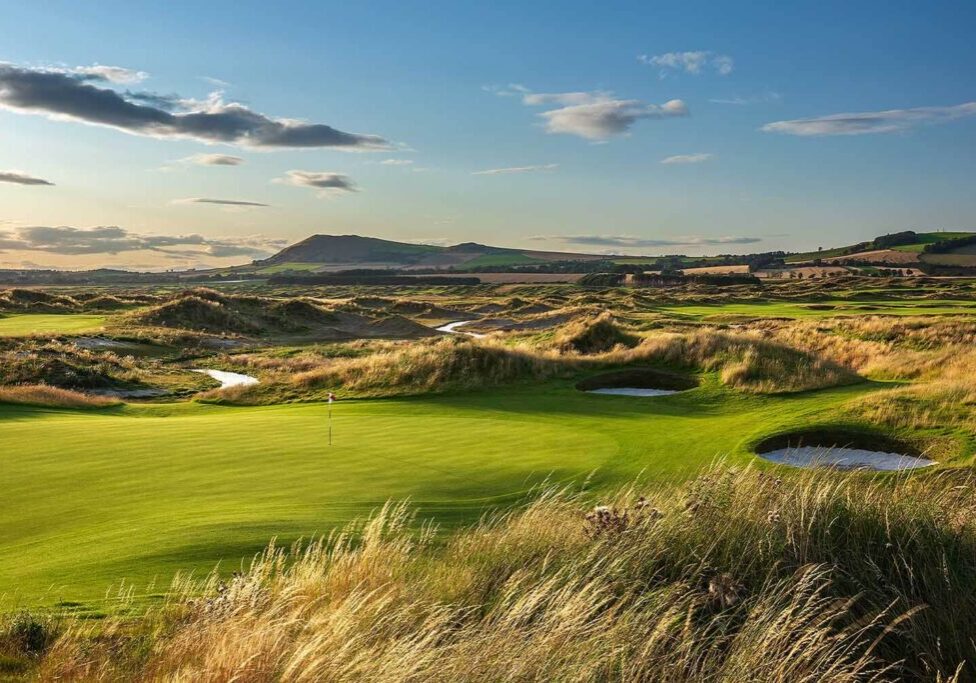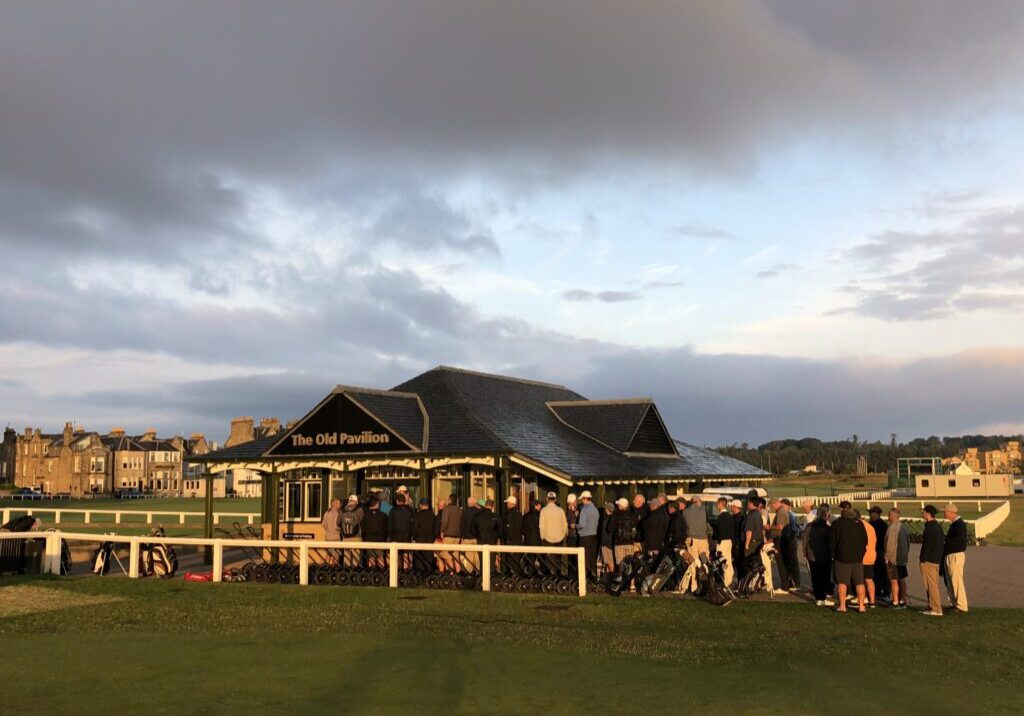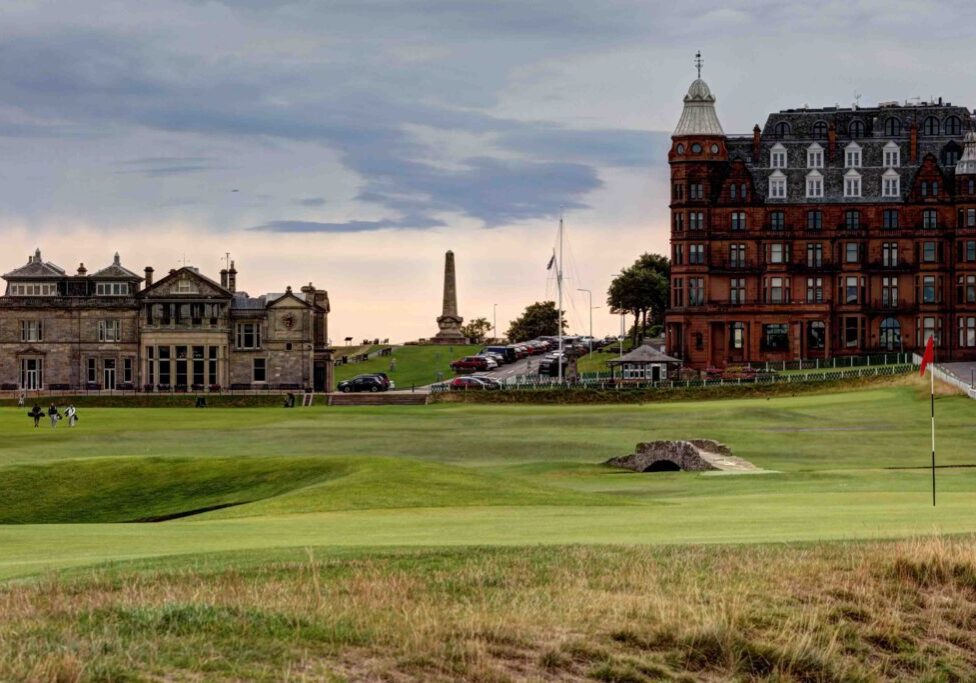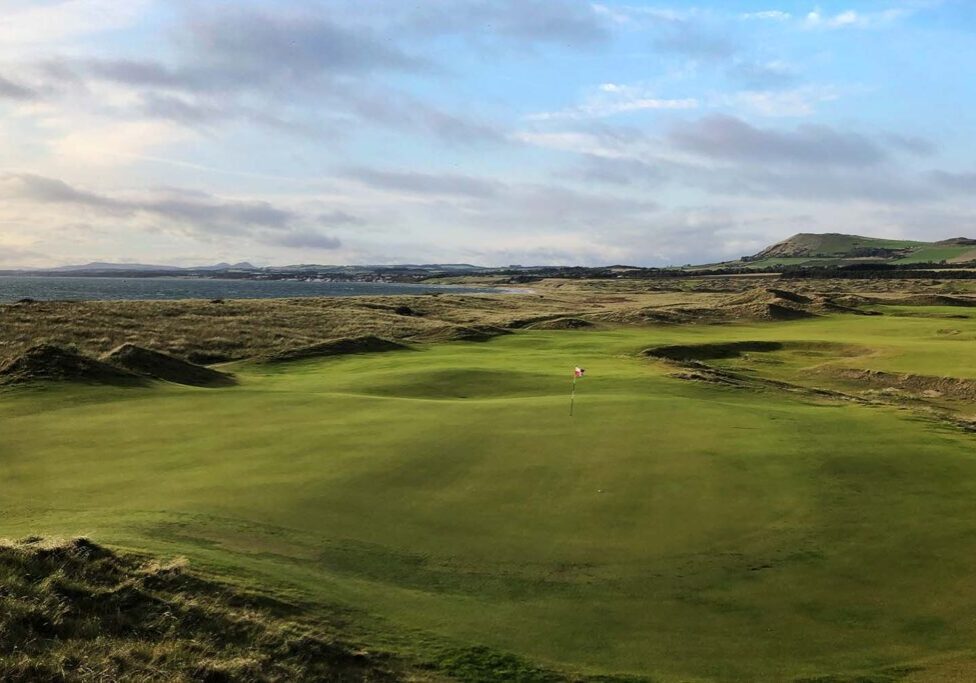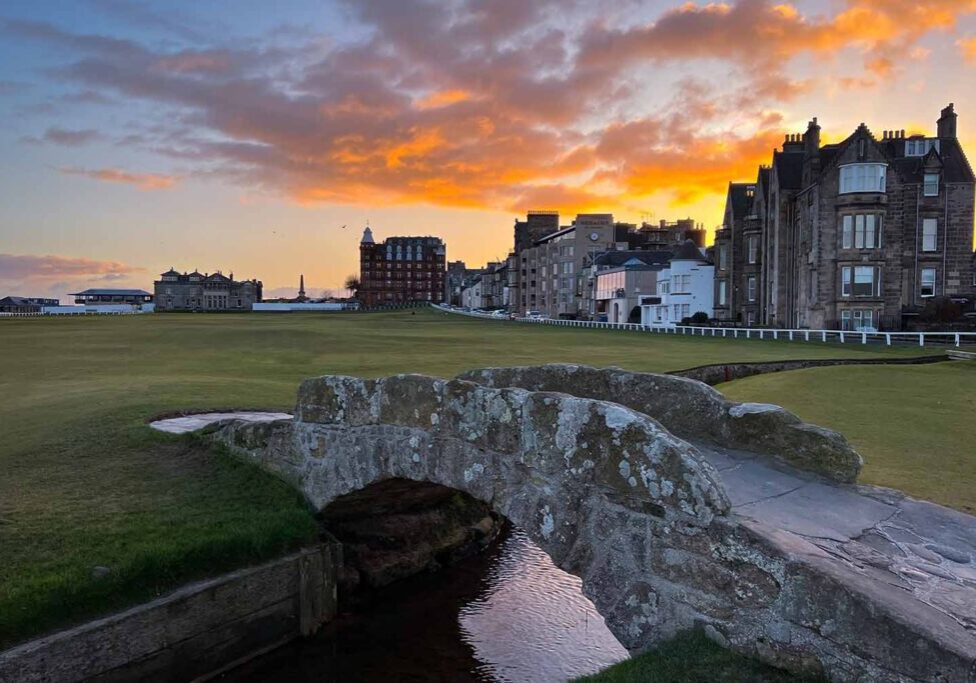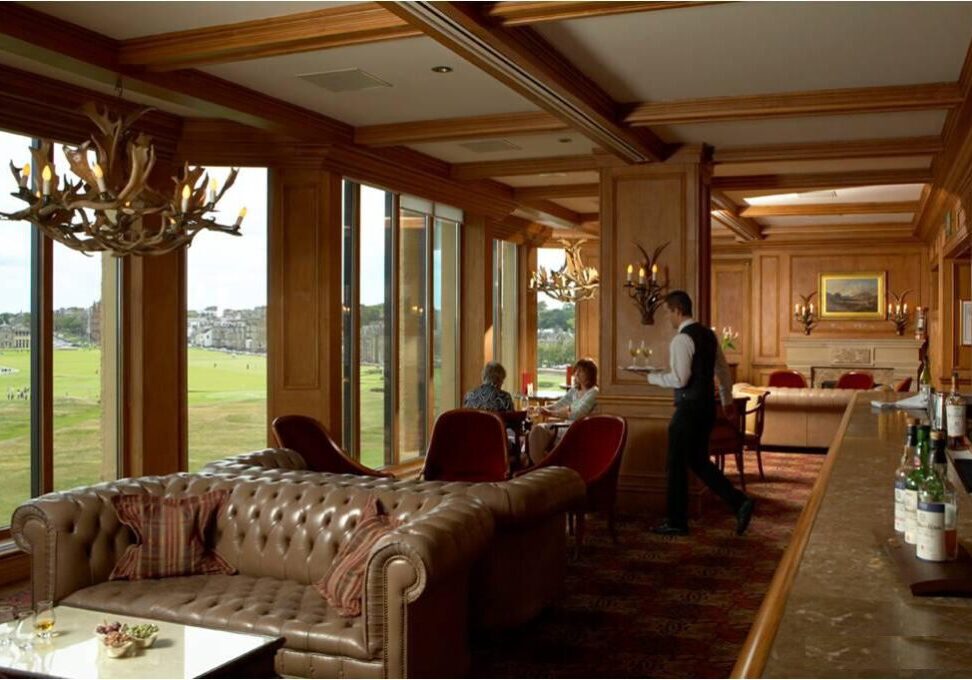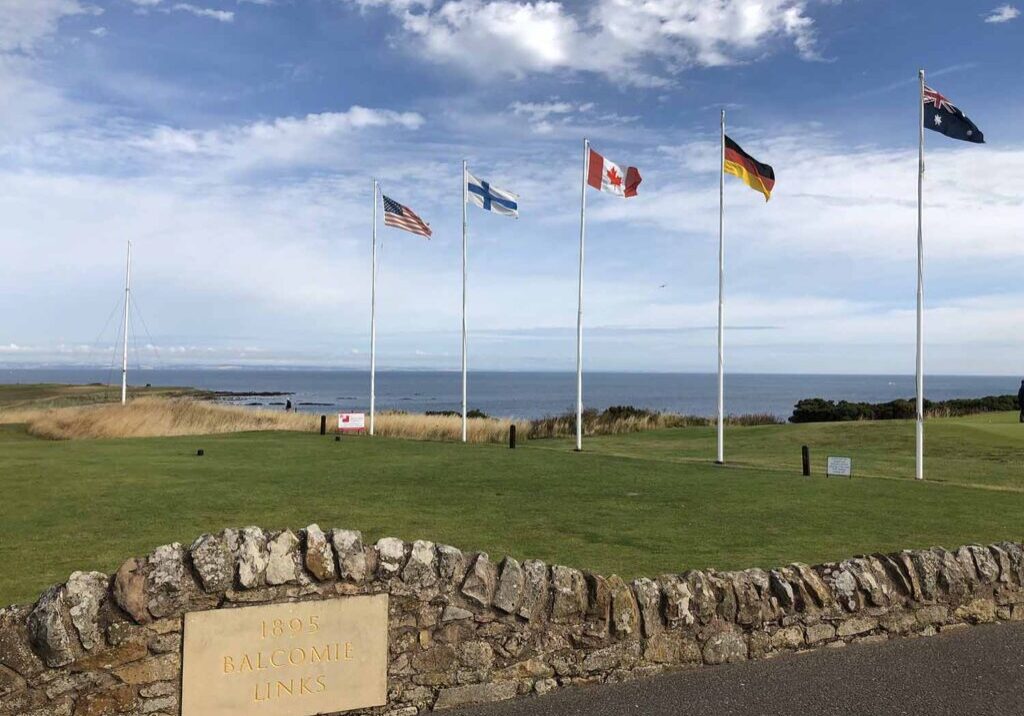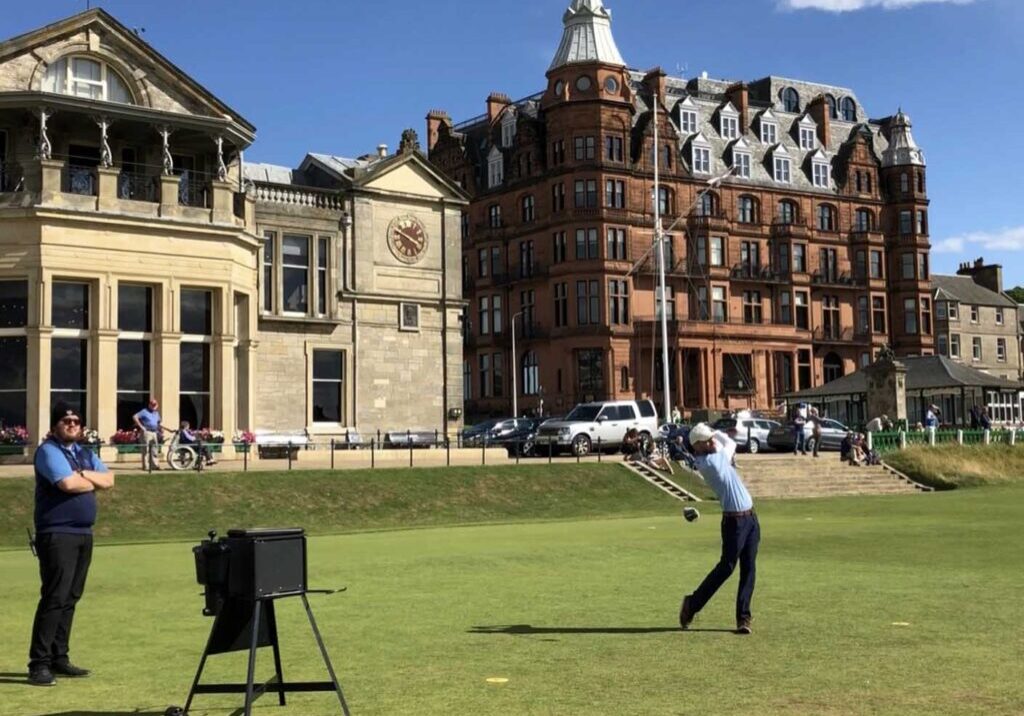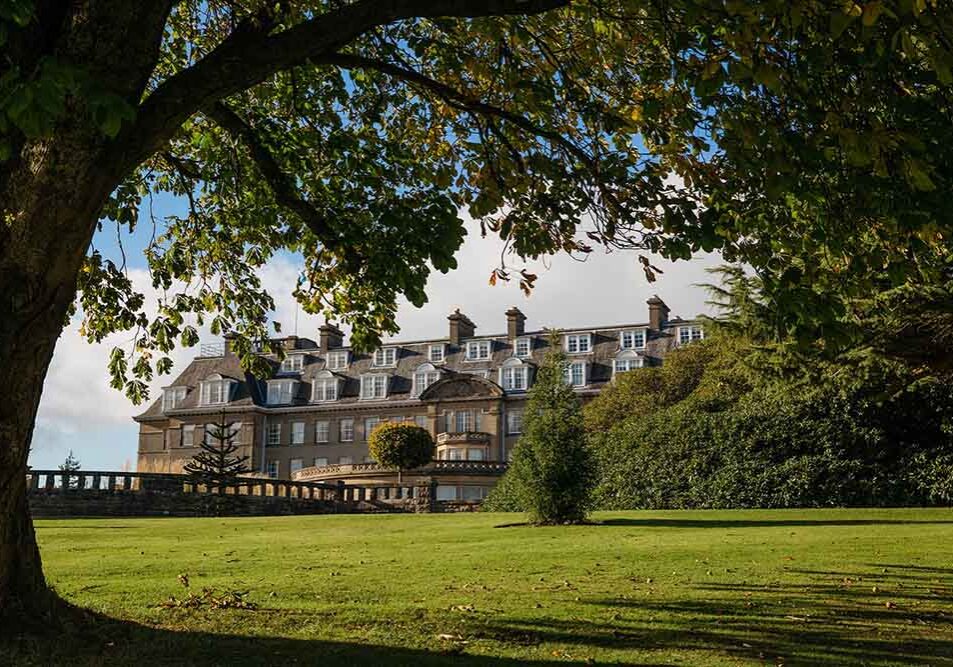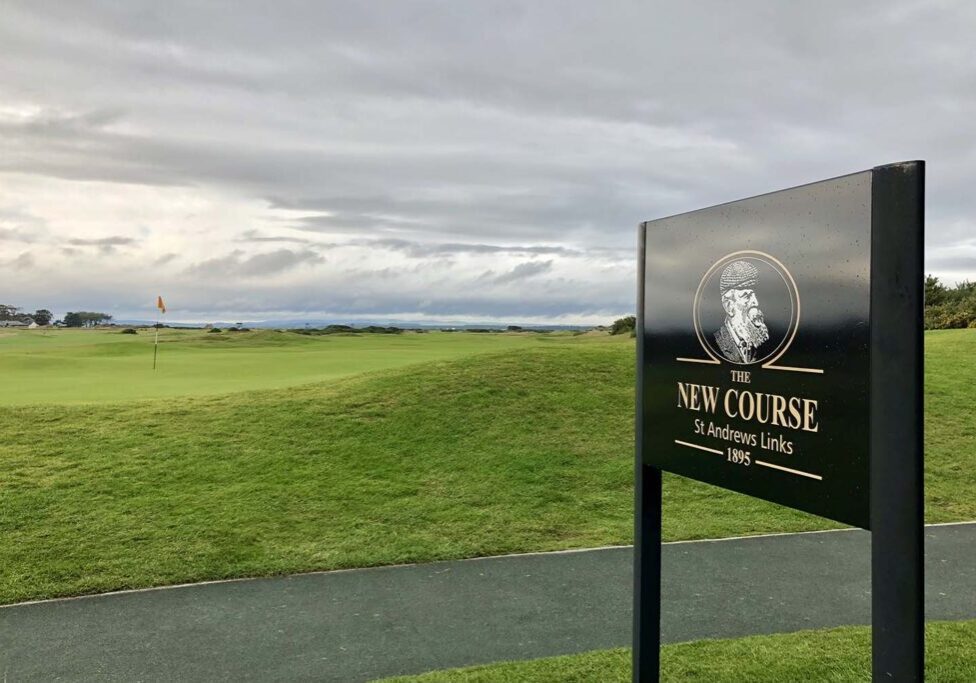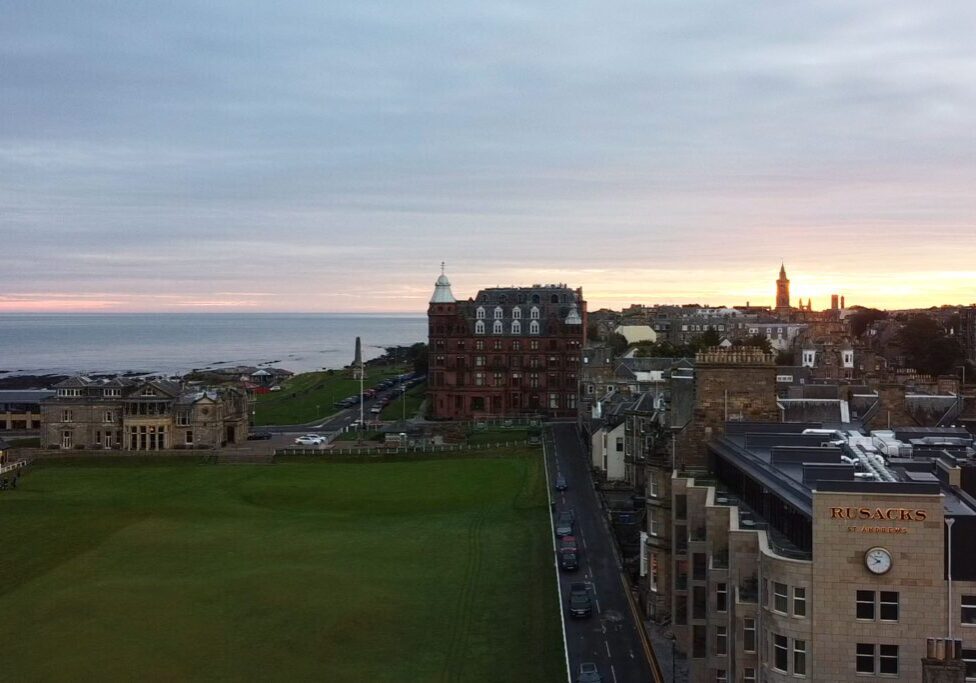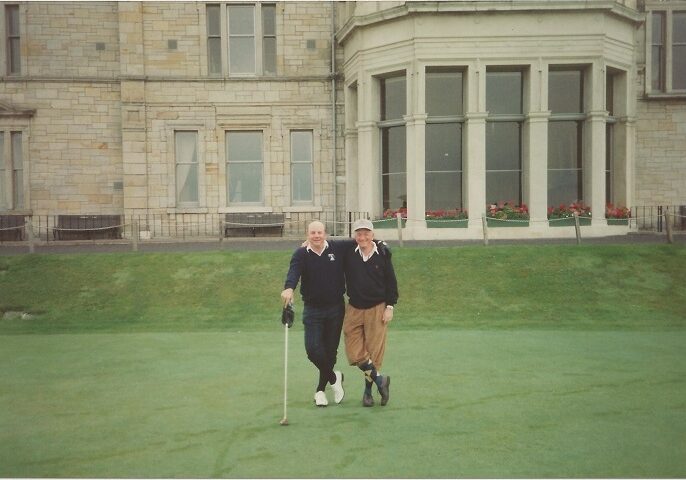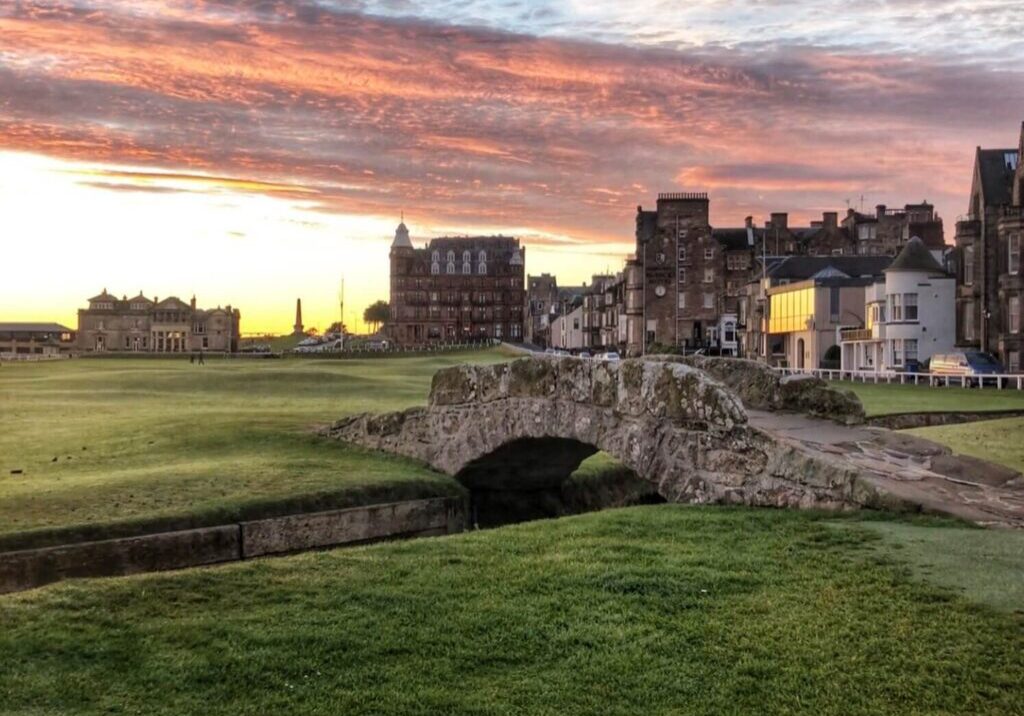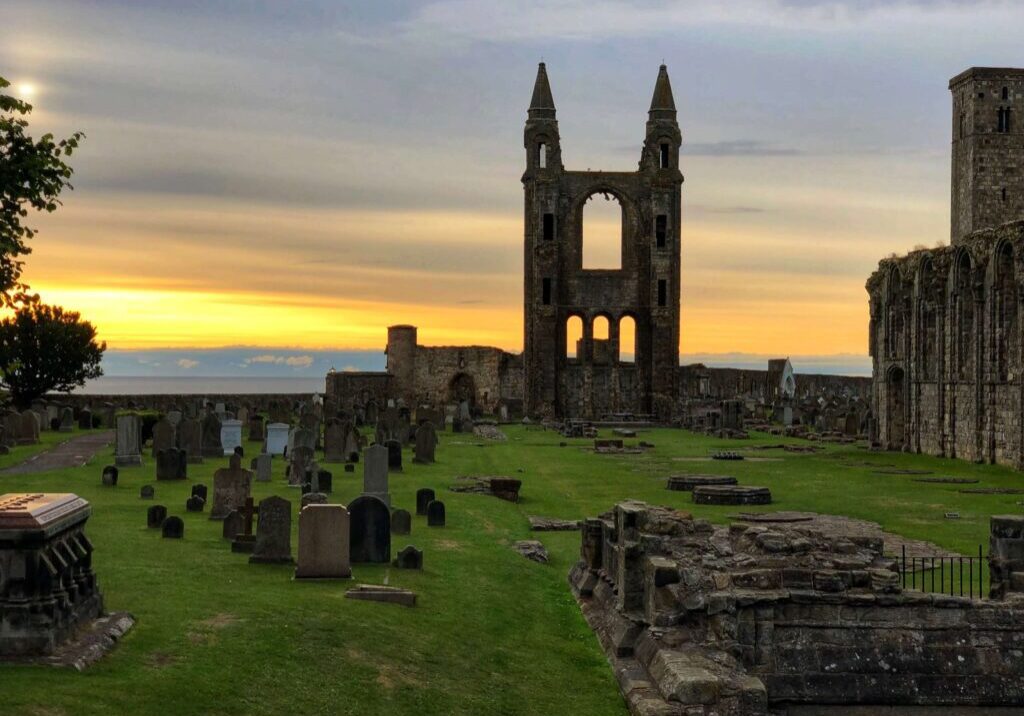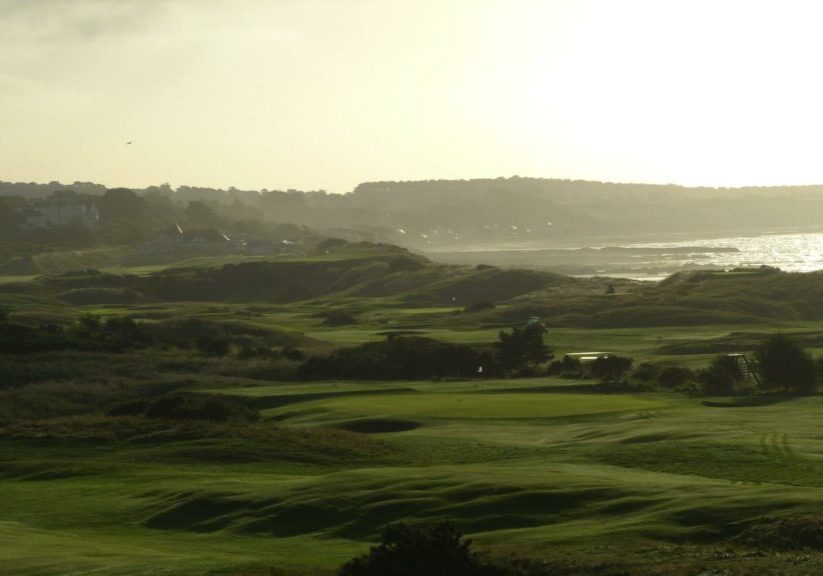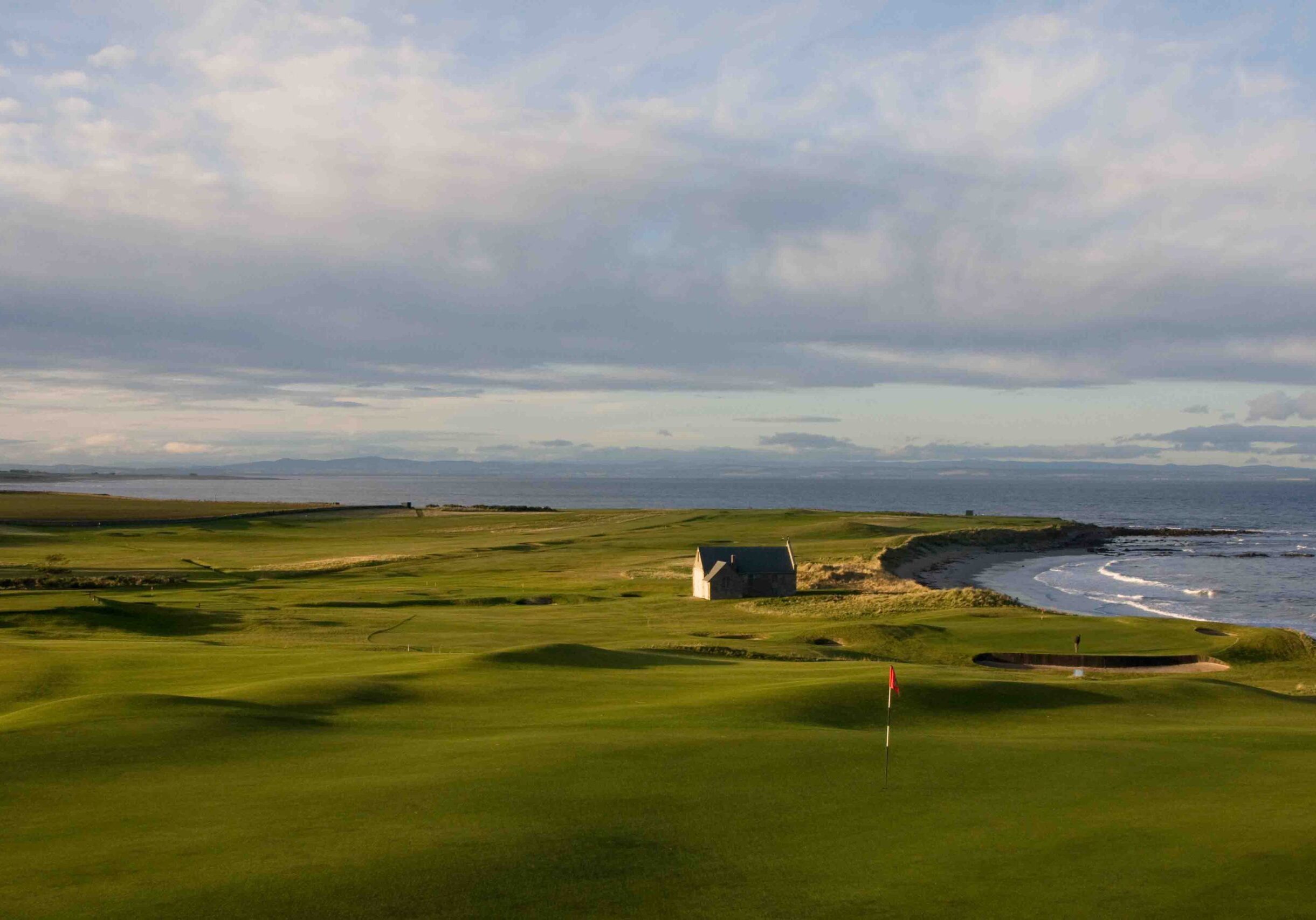
St. Andrews Off the Beaten Path
Less Heralded Courses for Your Trip to The Home of Golf
When most travelers think of a golf trip to St. Andrews, three courses immediately earn a place on the itinerary: the Old Course, Carnoustie and Kingsbarns, world ranked courses all.
Other than the one additional round which comes with St. Andrews Old Course tee times, those three are the only courses most visiting golfers ever play. That's a shame because East Fife is blessed with numerous links worthy of play.
So many that you could plan a weeklong St. Andrews golf trip, play a different seaside links every day and never play the same course twice.
Whenever we're asked where to play golf near St. Andrews by those who are looking to take the road less traveled, there are four historic gems we recommend. Here they are in alphabetical order. With apologies to Robert Frost, we say play them and it will make all the difference.
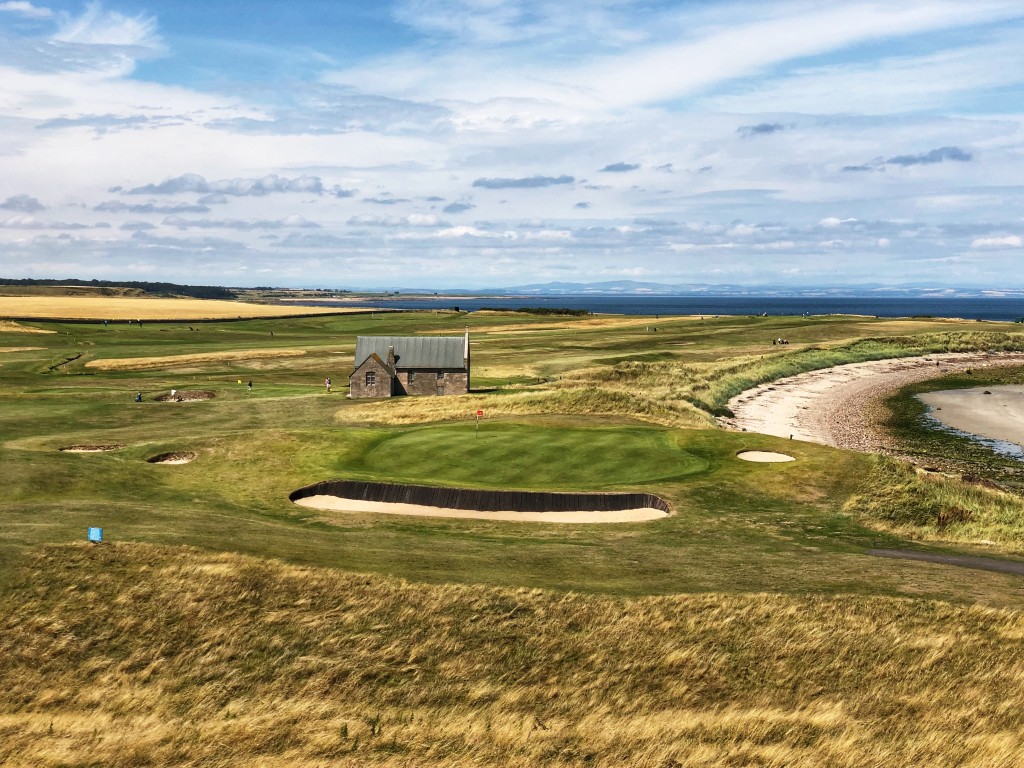
Crail Golfing Society
Founded in 1786, the Crail Golfing Society is only a smidgeon younger than the Honourable Company of Edinburgh Golfers and the Royal & Ancient of St. Andrews. The present links were laid out by Old Tom himself in 1895. Though shortish at less than 6000 yards, we find it to be quite sporting with several testing holes and fine greens. The clubhouse, perched high above holes 16 through 18, offers some of the best views in golf.
As you near the sea, look for remnants of the anti-invasion devices which were liberally strew about the area during World War II. The flat beaches and adjacent land could serve equally well, it would seem, as a links course or the spear point of an amphibious assault. During the early forties, the efforts of the British military authorities were decidedly in favor of the former usage as opposed to the latter.
Climbing the hill from the 18th green to the clubhouse after the round may produce a sense of deja vu for those familiar with Golf in the Kingdom. Rather like Mr. Iron's course, isn't it?
Golf House Club, Elie

Credit: Golf House Club, Elie
The most apt description of Elie is unusual...in every way, in every sense. The links is old. Golfing records here indicate play on these grounds as early as 1589. It was then a mere sliver of land which now comprises the western portions of the course, and it was severely disputed for more than 250 years. Local farmers claimed the land belonged to them and ploughed up great portions of the course until the 1830s when the Royal Burgh of Earlsferry successfully sued for golfing rights to supersede grazing rights. There was no formal golfing club, however, until the Earlsferry and Elie Golf Club was formed in 1858.
The acreage of the golfing grounds was so meager that the club did not even have room for a clubhouse until a purchase in 1873 nor room for a full 18 holes until 1896 when some nameless soul laid out the current design. The clubhouse construction led to the club's unusual name. Those who added the 1873 land formed the Golf House Club to raise funds for the venture and subsequently attracted so many members of the competing Earlsferry and Elie Club that the latter finally disbanded in 1912. In some ways this is most unfortunate in that it was this club that five times Open champion James Braid joined at age 15. Many of his early records were lost with the passing of the club.
But what of the course, you ask? Well, as we mentioned earlier... It's Unusual. No par fives; only two par threes; a submarine periscope to determine whether one is clear to hit a blind drive over the hill on the first hole. Some super holes; some funky; some regretfully ordinary. Ken Nagle rated the 225 yard, par three third as one of the best in Scotland. Braid called the 379 yard, par four thirteenth "one of the finest in all the country".
Lundin Links Golf Club
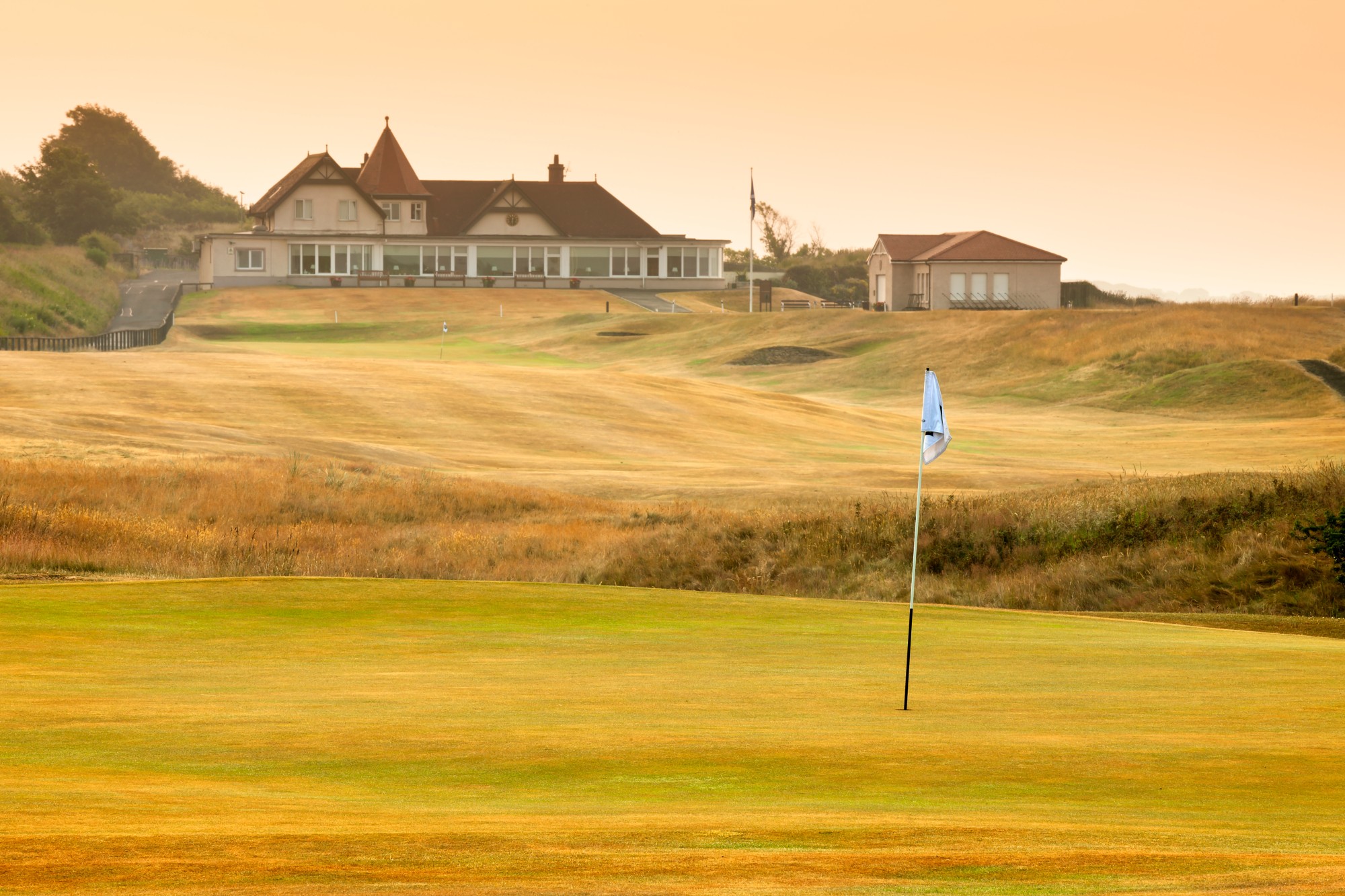
Credit: Lundin Links Golf Club
Rarely do we quote directly from a club website but in this instance I completely agree with the Lundin GC description of its course and readily admit I couldn't have written it more succinctly:
A magnificent James Braid designed golf course (and) ...a qualifying course to The Open Championship when played in St. Andrews, Lundin Links Golf Club is renowned for its beautiful greens and some of the most demanding short Par 4's in the game of golf. A complex links course with open burns, an internal out of bounds (the old railway line), and strategic bunkering, Lundin presents a challenge for the thinking golfer where position from the tee rather than distance will yield just rewards on the scorecard.
Panmure Golf Club
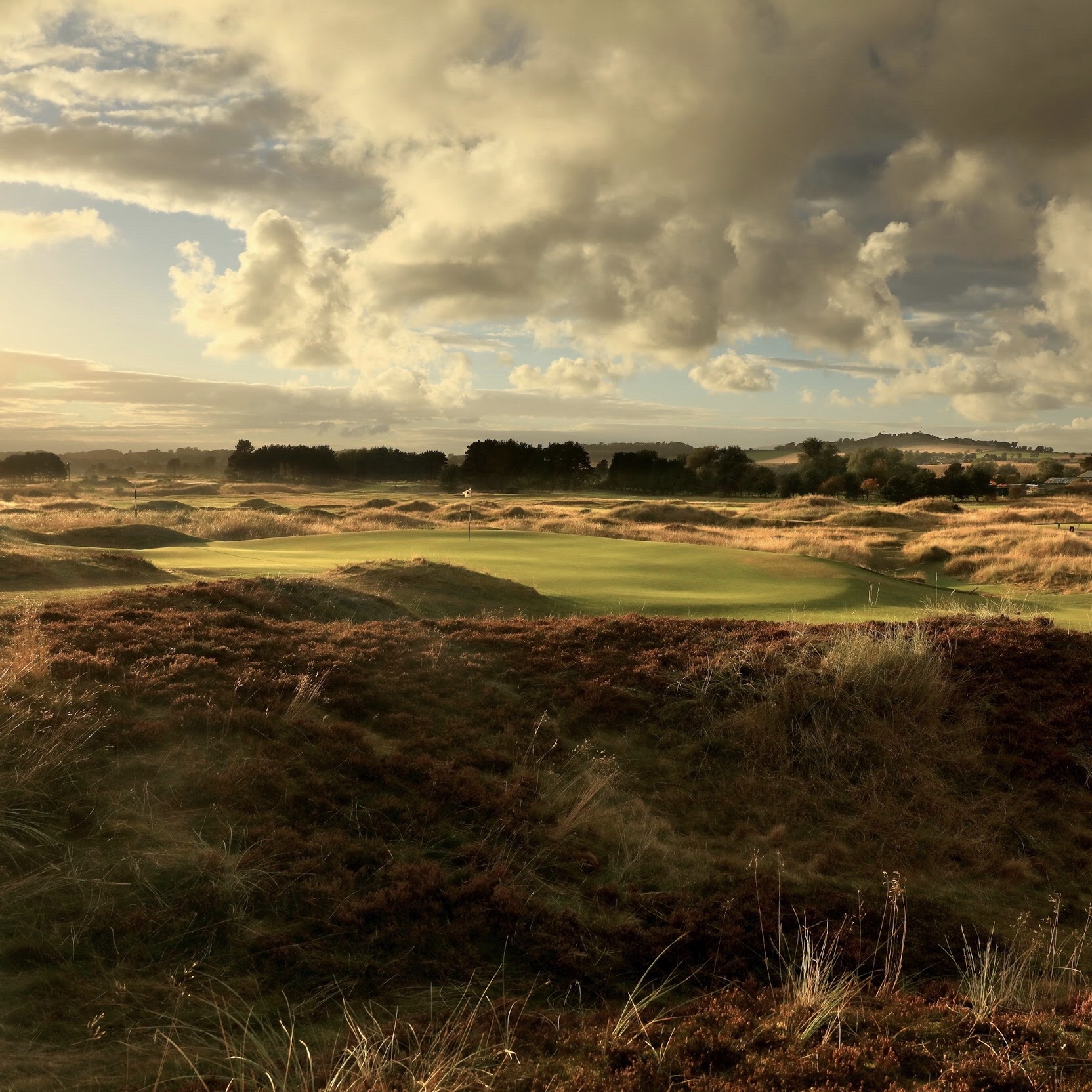
Credit: Panmure Golf Club
Although the course seems a bit short by modern standards, it is nonetheless challenging enough to be inextricably linked to the British Open and superb golfers who compete therein. In final qualifying for the 2007 Open Championship at Carnoustie, for example, the winning score over two rounds was merely 5 under par. In addition to 2007, Panmure Golf Club served as a Carnoustie qualifier in 1931, 1968, 1975 and 1999 and as a St. Andrews qualifier in 1979 and 1990.
When Ben Hogan came across two weeks early in 1953 to compete in his only British Open, he chose to practice at Panmure, away from the hubbub of Carnoustie. His goal was to learn how to play the smaller British ball and to play on links where he could not take his customary long divot. He also was exposed to the customs of Scottish golf when informed that he would be granted access to the clubhouse unlike other golf professionals who were not permitted inside the members’ areas. He chose to take his meals in the clubhouse kitchen with the stewards and the local professional. The result of his time at Panmure? He won the Open by four shots and set a Carnoustie course record of 68 in his final round.
The secret of Panmure’s ability to challenge even the best golfers in the world despite its lack of length is the course favors accuracy over distance with wayward shots severely penalized. Moreover, once the golfer reaches the greens, he finds their century of maturation has produced a plethora of slight dips and swales almost invisible to the eye. A learned Panmure member and friend of H&B once remarked that "Panmure’s greens are very much like a novel by James Joyce... They're impossible to read!"
Do make an effort to meet the genial members while you enjoy their Indian themed clubhouse, a remnant of Dundee’s past dominance of the jute trade. Making their acquaintance may result in an invitation to visit the R&A clubhouse as Panmure has more members of that club amongst its members than any other club except HCEG.
This guide was originally authored in 2013 by H&B Founder & Chairman, Sam Baker

Download Your Complete Guide to The Home of Golf
The Complete Guide to
Scotland Golf Travel
What's covered in this free 40+ page guide:
- The best regions for golf in Scotland.
- Old Course at St. Andrews tee times.
- Where to enjoy the Good Life between rounds.
- Lesser known courses you should play.
Plus links to over 50 additional guides and resources.
By downloading up you agree to receive marketing communications from Haversham & Baker and have read our privacy policy.
Additional Reading
Visit the Yardage Book for More Golf Travel Resources
Ready to Experience The Home of Golf with H&B?
Discover More of Golf at its Finest with H&B

